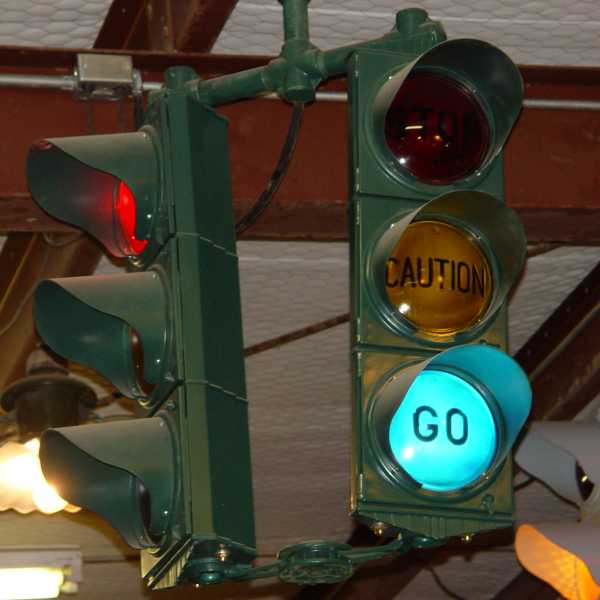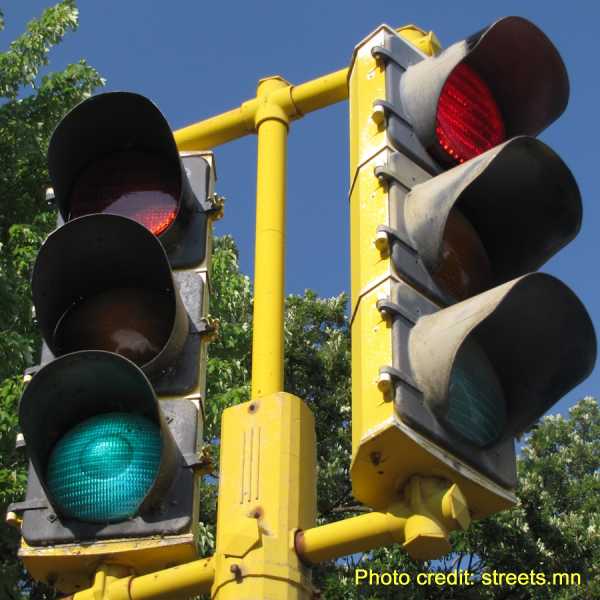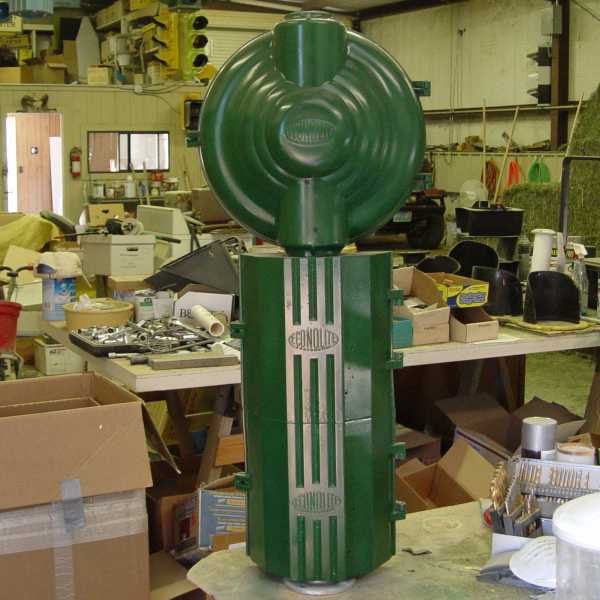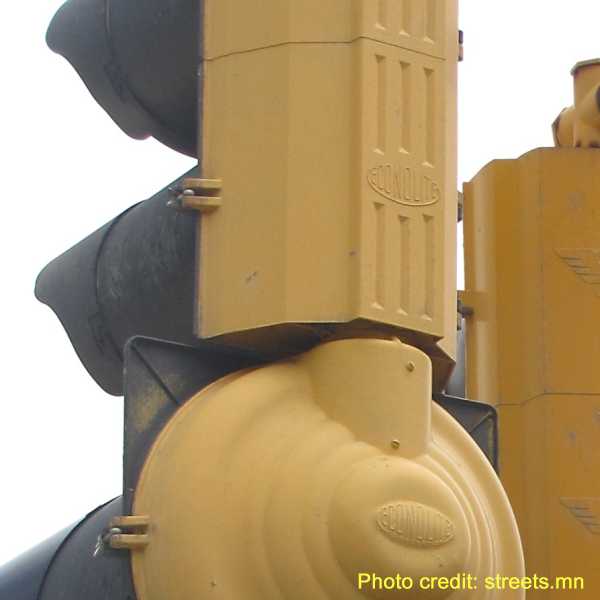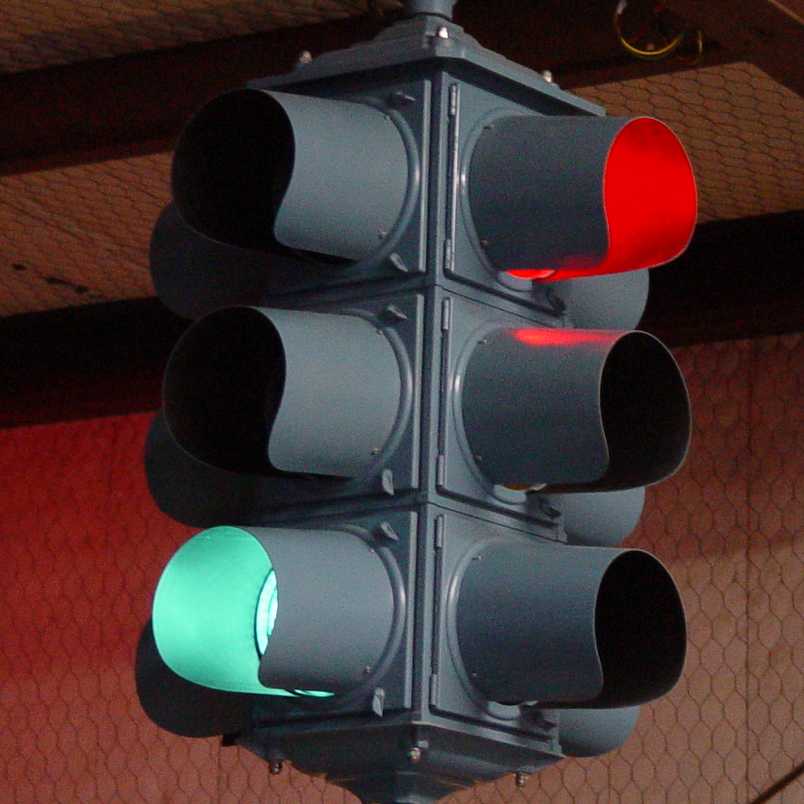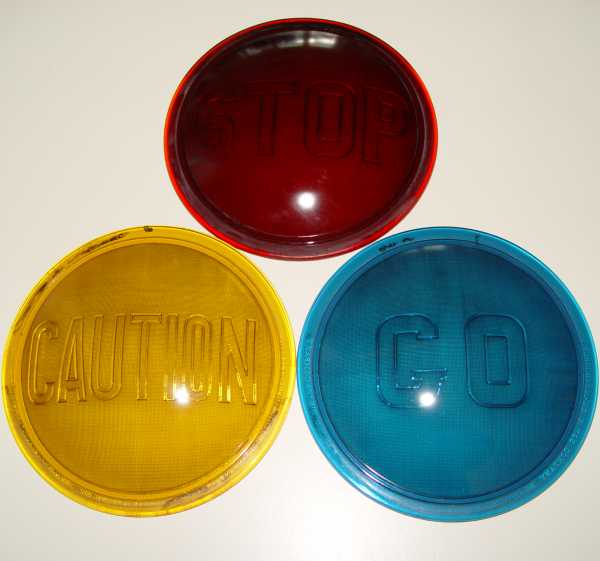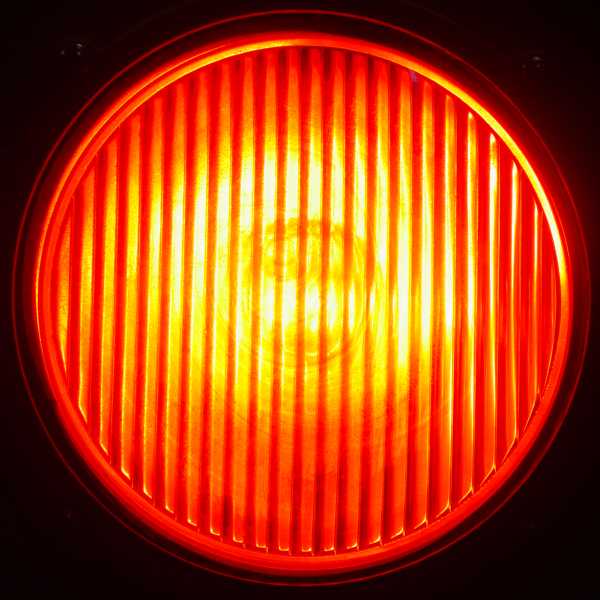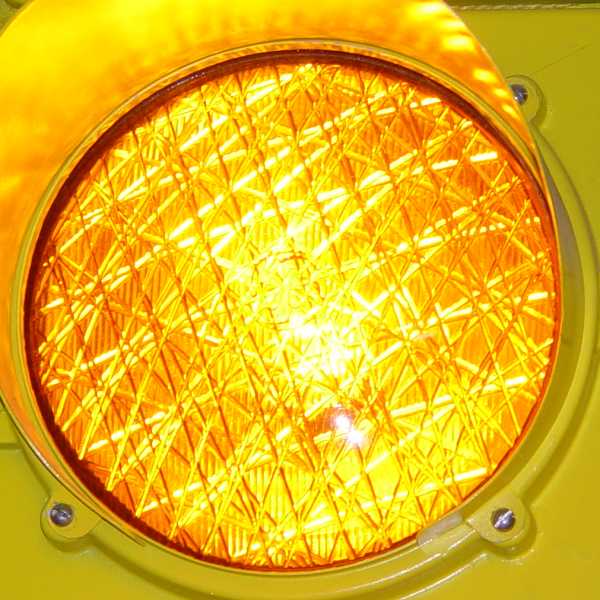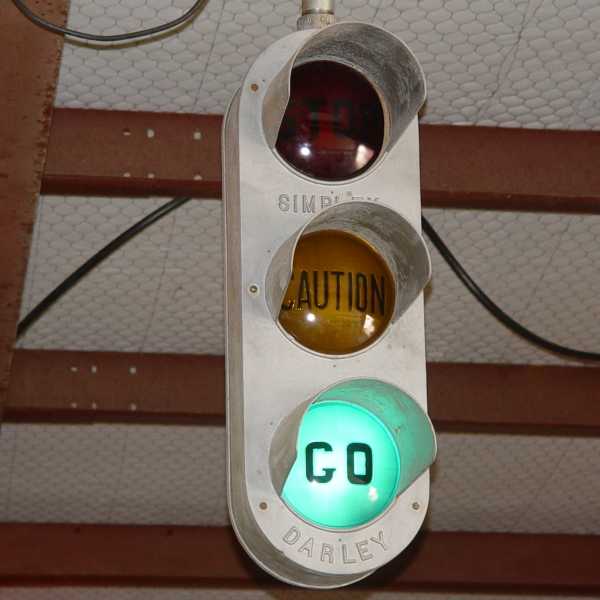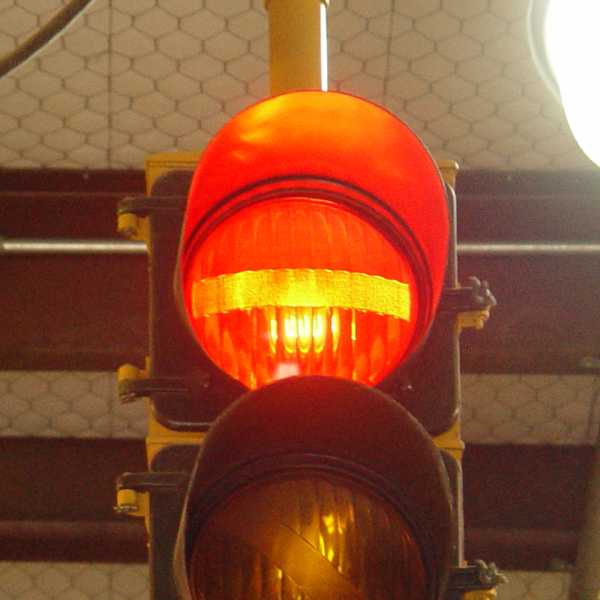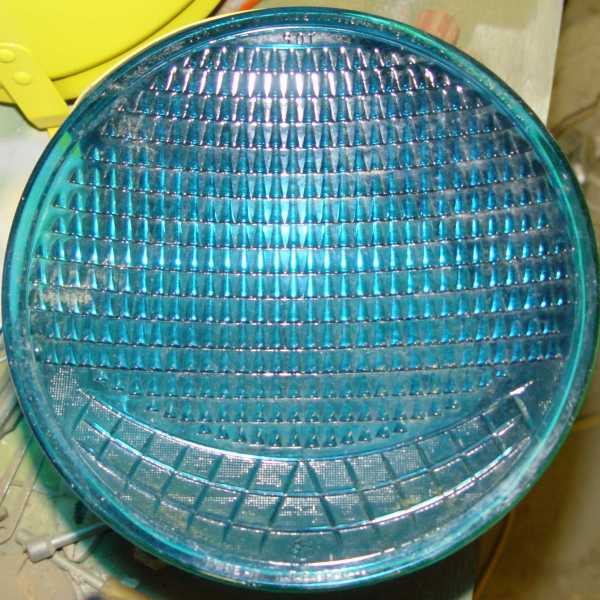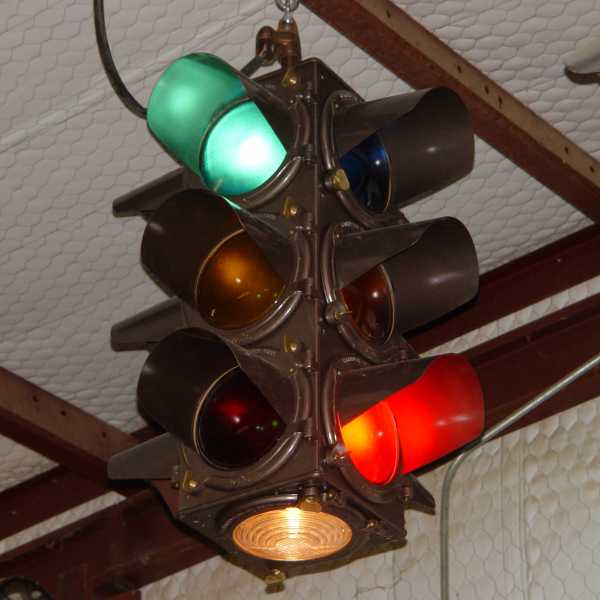Tips on Buying and Selling Traffic Signals
|
Crouse-Hinds art deco fins.
|
Eagle "short fins."
|
|
8-in. "long groove" sections under a 12-in. "bullseye."
|
Later model "short groove."
|
|
Crouse-Hinds Type D with one-piece door - visor.
|
Screw on visors, tunnel visors in this case.
|
|
A more thorough description of lenses can be found in the Traffic Signal Lenses Section.
|
Late 1920s Harrington-Seaberg with down light.
|
C-H Type D with down light.
|

